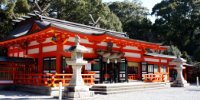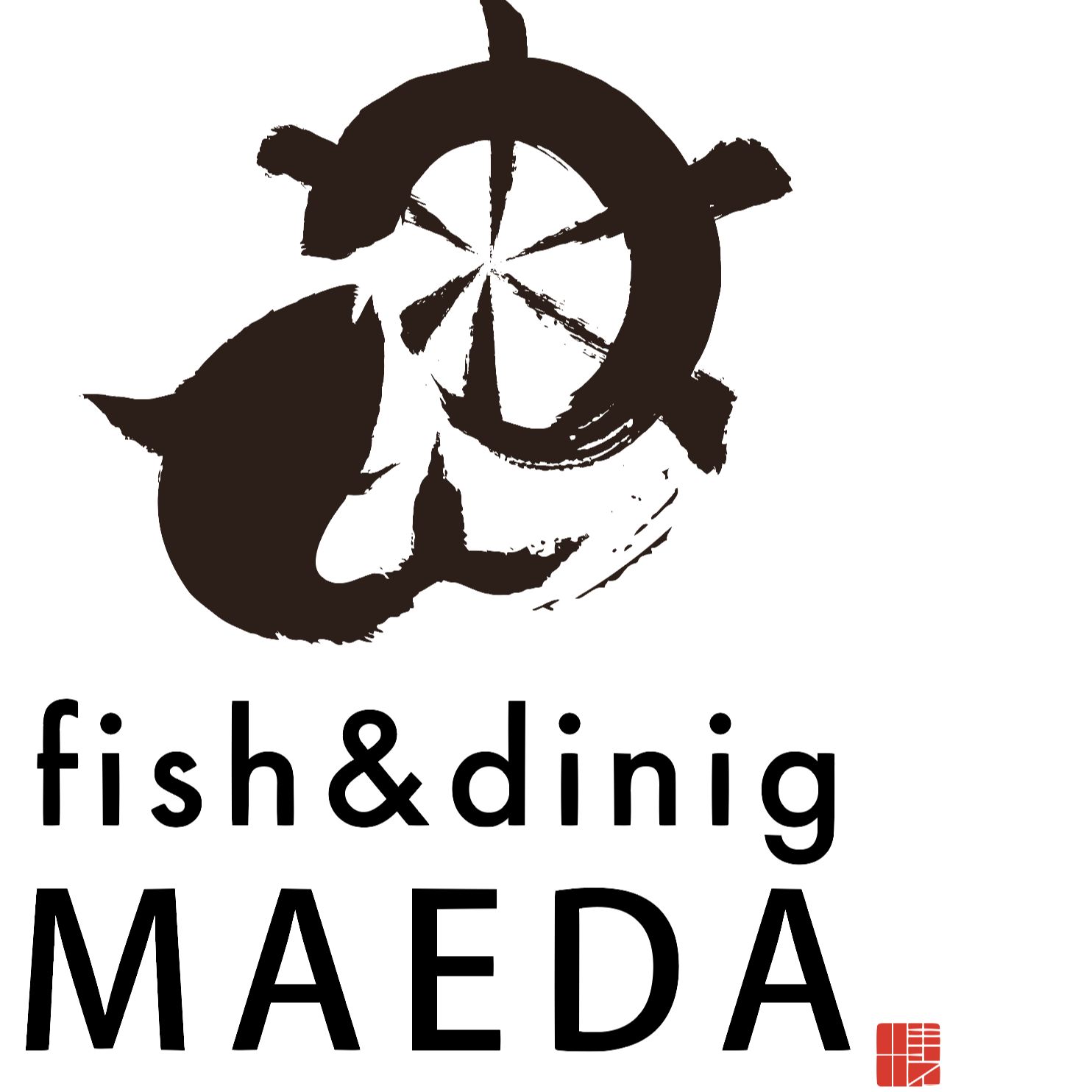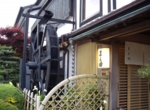1. We can prepare meals for groups of more than a few people.
2. We can reserve a room for up to 40 people.
3. You can park 3 large buses. Please let us know when you make a reservation.
4. We can prepare it by asking what you would like to eat within your budget.
5. We can also discuss meals for tour guides, guides, and drivers.
6. The tour conductor, guide and driver can take a rest in the private room.
7. We also have various local sightseeing brochures (There are also panfrelets in English.).
8. FREE Wi-Fi is also installed.
9. We also have an English menu.
10. You can download the brochure of our shop from here.
From the sea in southern Wakayama PrefectureWe have just caught tuna.
We are particular about "Wild Fresh Tuna" which is very fresh.The redness is the best product with a slight sweetness.The smell and flavor of raw tuna is condensed.This is our specialty.
Fresh tuna from Kumano as a memory of a trip.
We are proud to present you not only local fish but also whale dishes that you cannot taste anywhere else.If you have never eaten it or feel nostalgic, this is a dish you should definitely try.The recommended way to eat in the Kumano region is to eat sashimi that combines smooth red meat and fatty meat that melts in your mouth.Please enjoy the whale dishes of Maeda, which are famous for their exquisite taste.
In the Kumano region blessed with sea and mountain products, local sushi using local products has been born since ancient times.Among them, saury sushi is a fine dish that has been made at home for festivals and New Year's dishes.From late autumn to winter, fatty Pacific saury caught in Kinan coast is pickled in salt, then pickled in vinegar and put on vinegared rice.Please enjoy the vinegared rice and Pacific saury cooked from the point of view of a Japanese restaurant.
Kishu Local Fish Meal 2,000 yen (2,200 yen)
(Local fresh tuna sashimi, local fresh whale tatsutaage, fish bone soup, side dish, pickles, rice)
Kishu Nigiri Sushi Gozen 2,300 yen (2,530 yen)
Nigiri sushi (It also has saury sushi.), miso soup, main dish
*Please choose A or B for the main dish.
A. Whale Tatsuta-age B. Fresh Tuna Fry
Kishu Sashimi Meal 2,500 yen (2,750 yen)
(Assorted sashimi
Fish bone soup, small side, pickles, rice, main dish)
*Please choose A or B for the main dish.
A. Whale Tatsuta-age B. Fresh Tuna Fry
Nigiri sushi, akadashi miso soup, main dish 1,800 yen(1,980 yen) (1,980 yen)*Please choose A or B for the main dish. A. Whale Tatsuta-age B. Fresh Tuna Fry
KumanoSanzan
━━━What is kumano Sanzan?
-
Kumano Sanzan is a general term for three shrines and one temple including Kumano Hayatama Taisha, Kumano Nachi Taisha, Kumano Hongu Taisha and Nachisan Seigantoji.
Nachisan Seigantoji is closely related to Kumano Nachi Taisha in the process of syncretization of Shinto with Buddhism.
Also, there are more than 3000 Kumano shrines from which Kumano belief spread all over Japan.
━━━the origin of a pilgrimage
-
From ancient times, many people visited Kumano Sanzan, and the sight was called "Ari-no-Kumano-Moude".
The first journey in Japan is said to be a pilgrimage, and its origin is Kumano pilgrimage.
━━━Kumano Kodo
-
Kumano has been considered a place of revival.
Hayatama is said to cleanse the sins of his previous life, Nachi is said to make a connection in this world, and Hongu is said to save the next life.
It was thought that visiting Kumano Sanzan would bring peace to the past, present and future.
Kumano Kodo is a road of prayer where the footprints of people who pray for the blessings of Kumano Sanzan remain.
━━━World Heritage Sites
-
In 2004, "Sacred Sites and Pilgrimage Routes in the Kii Mountain Range" including Kumano Sanzan, was registered as a UNESCO World Heritage Site.
Enjoy the healing and resurrection of Kumano Sanzan, a sacred place that retains its ancient appearance.
Kumano Hayatama Taisha
Located at the mouth of the Kumano River, the temple grounds contain a sacred tree, estimated to be 1000 years old, the largest nagi tree in Japan.
The main enshrined deity is Hayatama no Okami (Izanagi no Mikoto), and the principal Buddha is Yakushi Nyorai.
Kumano Hongu Taisha
It used to be at the former shrine site, Daisaihara in the Chushu area of Kumano river, but it was moved to the current location after the flood disaster in 1889.
The main enshrined deity is Ketsumiko no Okami (Susanoo no mikoto), and the principal Buddha is Amida Nyorai.
Kumano Nachi Taisha
The main enshrined deity is Kumanofusumi no okami (Izanami no Mikoto), and the honjibutsu is Senju Kannon.
In the precincts, there are Karasu-ishi which is said that Yatagarasu transformed into a stone and Okusu which is 850 years old.














